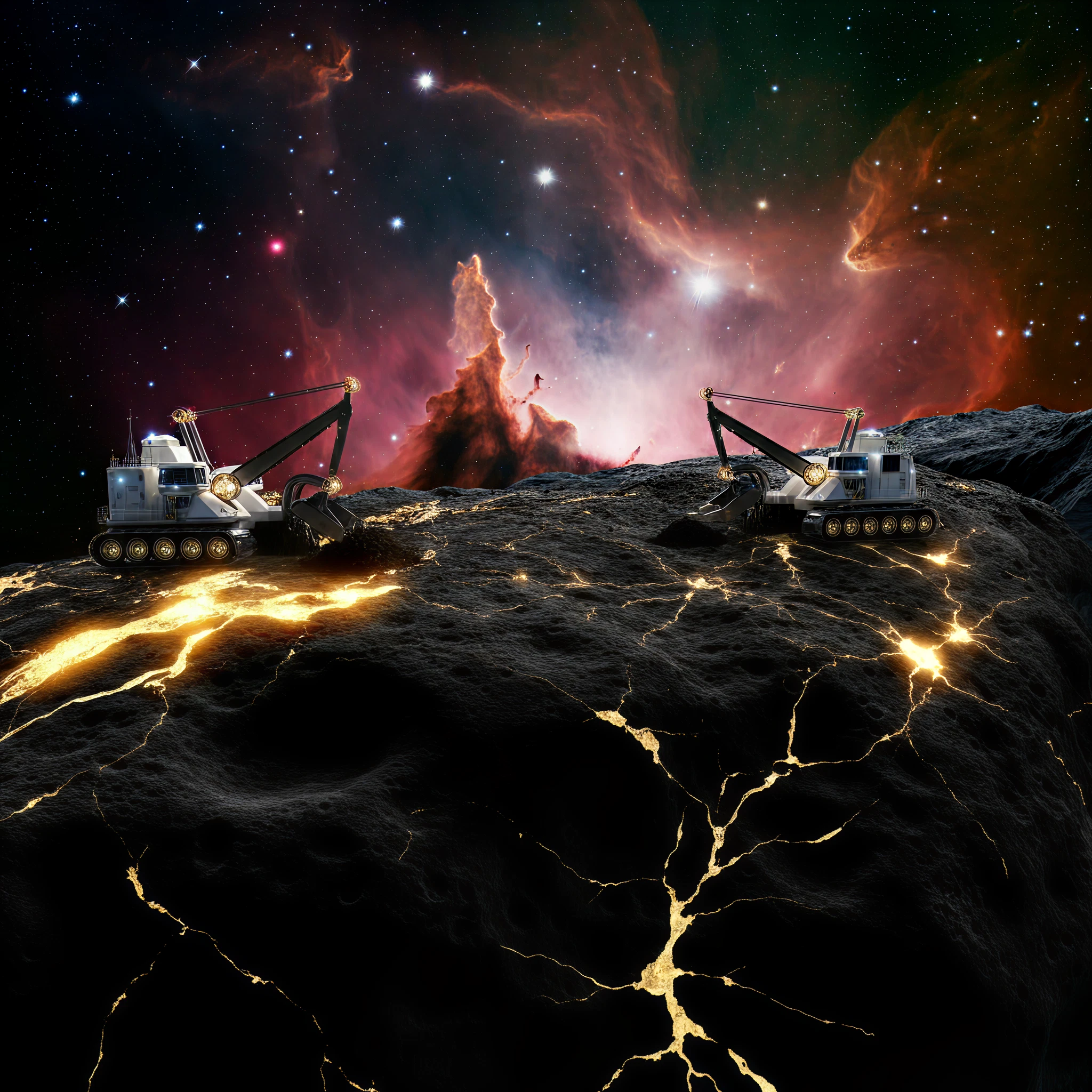Gold, platinum, and uranium are no longer just treasures found deep within Earth’s crust. Scientists have identified a cosmic origin for these precious metals, and it all begins with one of the universe’s most extreme events: magnetar flares. These extraordinary bursts of radiation showcase the vast, untapped wealth of elements formed in the violent and mysterious depths of space.
But how do these celestial events generate wealth on an unimaginable scale? And what could this discovery mean for our understanding of the cosmos and humanity’s future? Read on for the answers.
What are Magnetars?
Magnetars are a rare type of neutron star, born from the explosive death of massive stars. Despite being only about 12 miles in diameter, magnetars pack the mass of the Sun and host magnetic fields trillions of times stronger than Earth’s. The intensity of these magnetic forces is so extreme that they could disintegrate atomic structures if anything (or anyone) could get close enough.
Occasionally, these magnetic giants produce massive bursts of X-rays and gamma rays, known as magnetar flares, which are powerful enough to disturb satellites on Earth even from thousands of light-years away. These flares are their calling cards and hold the key to their incredible ability to forge precious metals like gold, platinum, and uranium.
A Stellar Genesis of Precious Metals
The formation of heavy elements like gold and platinum has long been somewhat of a cosmic mystery. While it was previously believed that they were primarily created during supernovae and neutron star mergers, magnetar flares have emerged as a new and surprising contender in the elemental factory of the universe.
Astronomers studying magnetar flares recently observed that a single such event can produce approximately two million billion billion kilograms of heavy elements in mere seconds. These metals are formed through the rapid neutron-capture process, or “r-process,” which occurs under the extreme conditions of a magnetar flare. During this process, neutrons bombard lighter elements, allowing them to absorb these particles and leap into heavier, neutron-rich forms like gold or uranium.
According to the most recent research, magnetar flares could account for up to 10% of the galaxy’s entire reserves of gold, platinum, and other heavy metals.
Seeding the Galaxy with Wealth
These flares are more than just violent bursts of energy. They act as cosmic forges, capable of ejecting newly formed elements into the surrounding space. This ejected material spreads across galaxies, planting the seeds for future stars, planets, and even life itself. It’s awe-inspiring to think that the jewelry we wear or the uranium powering science’s most ambitious projects may have originated from one of these spectacular events.
The first major hint of this came from a magnetar flare observed in December 2004. Data collected suggested that the gamma-ray afterglow accompanying the flare was likely the radioactive fallout from freshly formed heavy metals cooling and distributing into space.
Implications for Science and Industry
This discovery shakes up the existing narrative about the origin of Earth’s precious metals and opens up new possibilities for exploring their cosmic sources. Here are some of the biggest takeaways and implications of magnetar flare discoveries:
- Challenges Old Assumptions: Supernovae and neutron star collisions have long been believed to be the primary sources of heavy elements. Magnetar flares add a new perspective, proving that there are multiple mechanisms by which the universe creates these treasures.
- Fueling Galactic Evolution: Magnetar flares, occurring earlier in a galaxy’s lifecycle, may explain why heavy metals appeared in certain regions of space sooner than previously expected.
- Future Exploration: Missions like NASA’s Compton Spectrometer and Imager, set to launch in 2027, will enhance our ability to observe and analyze these incredibly rare events in detail. This could lead to more discoveries about the chemical evolution of our galaxy.
- Technological Connection: The metals formed in these explosive events underpin countless technologies on Earth, from electronics and medical equipment to nuclear energy.
A New Frontier of Exploration
Looking ahead, the study of magnetar flares not only deepens our understanding of the universe but also introduces new possibilities for harvesting resources from space. While space mining is still in its infancy, the wealth of information magnetars offer highlights how space exploration can fuel future technological and economic opportunities.
Closing Thoughts
The discovery of magnetar flares as a source of gold, platinum, and uranium underscores the richness of space and the vital role it plays in sustaining life and innovation on Earth. Such findings remind us of the interconnectedness between our planet and the cosmos.
Want to stay updated on groundbreaking space discoveries like this? Follow our newsletter for the latest in science, space exploration, and beyond. The universe has so much more to reveal—and we’re just getting started.








